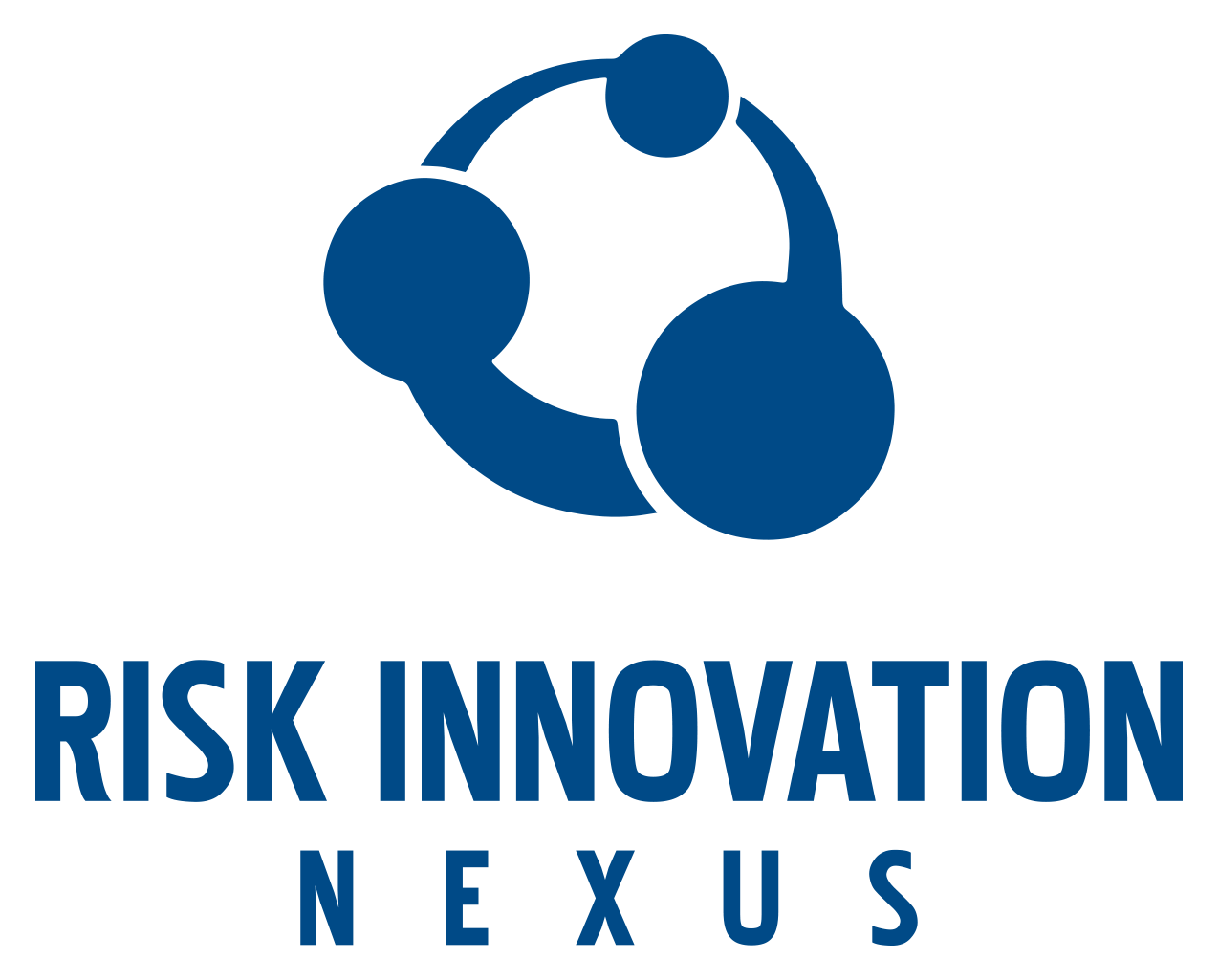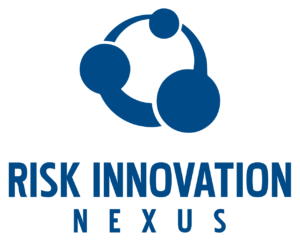The Risk Innovation Nexus, a partnership between the School for the Future of Innovation in Society and the J. Orin Edson Entrepreneurship + Innovation Institute at Arizona State University, has developed a unique array of tools and techniques to help entrepreneurs and the entrepreneurially-minded navigate an increasingly complex risk landscape.
While entrepreneurs and innovators are no strangers to risk, many of these risks – what we refer to as orphan risks, spanning social and ethical factors, organizations and systems, and emerging technologies – are hard to quantify, easy to overlook, and not readily covered by conventional risk management tools. And yet, if not planned for, they are likely to have a profound impact on future success.
Building on the concept of risk as a threat to value, we are working with entrepreneurs and businesses to help them identify novel ways in which they can maintain and grow value in the face of a shifting risk landscape.
Throughout our posts, we’ll be sharing insights into developing a risk innovation mindset, as well as tools to help you navigate an increasingly complex risk landscape. Our current tools include assessment and planning aids, case studies, and card decks that enable entrepreneurs, businesses, and others to succeed where conventional risk-thinking reaches the end of its capacity to be useful.
Today’s post highlights our Risk Innovation Case Studies.
Our case studies were developed to increase your understanding of the risk innovation approach, viewing it through the lens of real-world organizations. The goal is that you will begin to make comparisons and draw connections between the organization highlighted in the case study and your own organization.
Following the same basic structure, all of our case studies introduce an organization and provide an overview of what went wrong. We then assess the organization utilizing a risk innovation approach: identifying stakeholders and what is most important to them; understanding which orphan risks pose a threat to those areas of value; and mapping the risk landscape. A key benefit to mapping out the risk landscape is the ability to see where orphan risks are most concentrated as well as points of convergence between orphan risks that threaten multiple stakeholders, this allows an organization to focus their resources and begin planning. We end each case study with some suggestions on how to navigate the risk landscape.
Let’s take a closer look, using our Google, Project Maven case study:
Overview of what went wrong: In 2017 Google entered into a contract with the U.S. Department of Defense to make military drones more accurate using computer learning. Information about the project was not widely shared, but as information leaked, Google employees voiced outrage. Over 4,000 employees signed a letter to the company’s leadership in protest, requesting the deal be cancelled, and that Google “draft, publicize and enforce a clear policy stating that neither Google nor its contractors will ever build warfare technology.” Ultimately, at least 12 senior engineers resigned and, in 2018, the Project Maven contract lapsed, leaving not only a deal set to grow to a quarter of a billion dollars left on the table, but an internal culture and reputation with sustained and ongoing damage.
Stakeholders and what is most important to them: The Risk Innovation Nexus separates stakeholders into 4 groups – enterprise, investors, customers, and community – and we encourage you to get specific when naming who falls into each of those stakeholder groups. Our Project Maven case study focuses mostly on the enterprise and, within the enterprise, we look not only at founders and executives, but all employees. It’s no surprise that a large and well respected company with a motto of “Do the right thing” would attract employees who value a company that fosters a culture and reputation for doing the right thing.
Which orphan risks pose a threat: Risk Innovation approaches risk as a threat to value, which is why we start by looking at areas of value and then move on to identifying risk. Based on the stakeholders (Google employees) and what might be important to them (a company that fosters a culture and reputation for doing the right thing), a failure to operationalize organizational values poses a risk. The specific orphan risks that apply in this scenario are Organizational Values & Culture, Worldview, and Ethics.
Suggestions on how to navigate the risk landscape: After mapping your risk landscape, it can be easier to see which steps you’ll need to take in order to plan for, or avoid, the orphan risks that pose the biggest threat to your stakeholders. In the case of Google’s Project Maven, though it’s not surprising that a technology company would already be thinking about tech-related risks, it may come as a surprise just how large of an impact social risks can have. Organizational values create and inform organizational culture, and a company benefits from successfully operationalizing both. By asking questions like “do my company’s values reflect what is important to both the founders and members?” and “have we explicitly addressed the steps we will take when faced with an opportunity that may conflict with these values?” Google could have ensured that action-steps were in place to operationalize the values that were most important to their stakeholders.
Again, the goal of our case studies is that you will begin to make comparisons and draw connections between the organization highlighted in the case study and your own organization. We hope the suggestions on how to navigate the risk landscape provide inspiration for your own risk planning strategy.
Some of our other case studies you may want to check out:
TOMS: See how orphan risks can impact an organization by threatening what’s most important to community stakeholders. Take the first step in addressing orphan risks like Social Justice & Equity by asking questions like, “have we engaged community members and experts in our planning process?”
Flo: See what happens when an organization’s lack of transparency threatens its customers’ most personal information. Take the first step in addressing orphan risks like Privacy and Perception by asking questions like, “how do our decisions around data collection and use affect the trust and loyalty of our customer base?”
In future posts, we’ll continue to explore tools that can help you develop a risk innovation mindset. In the meantime, please take a look at our website, riskinnovation.org, for additional information and downloadable tools.






